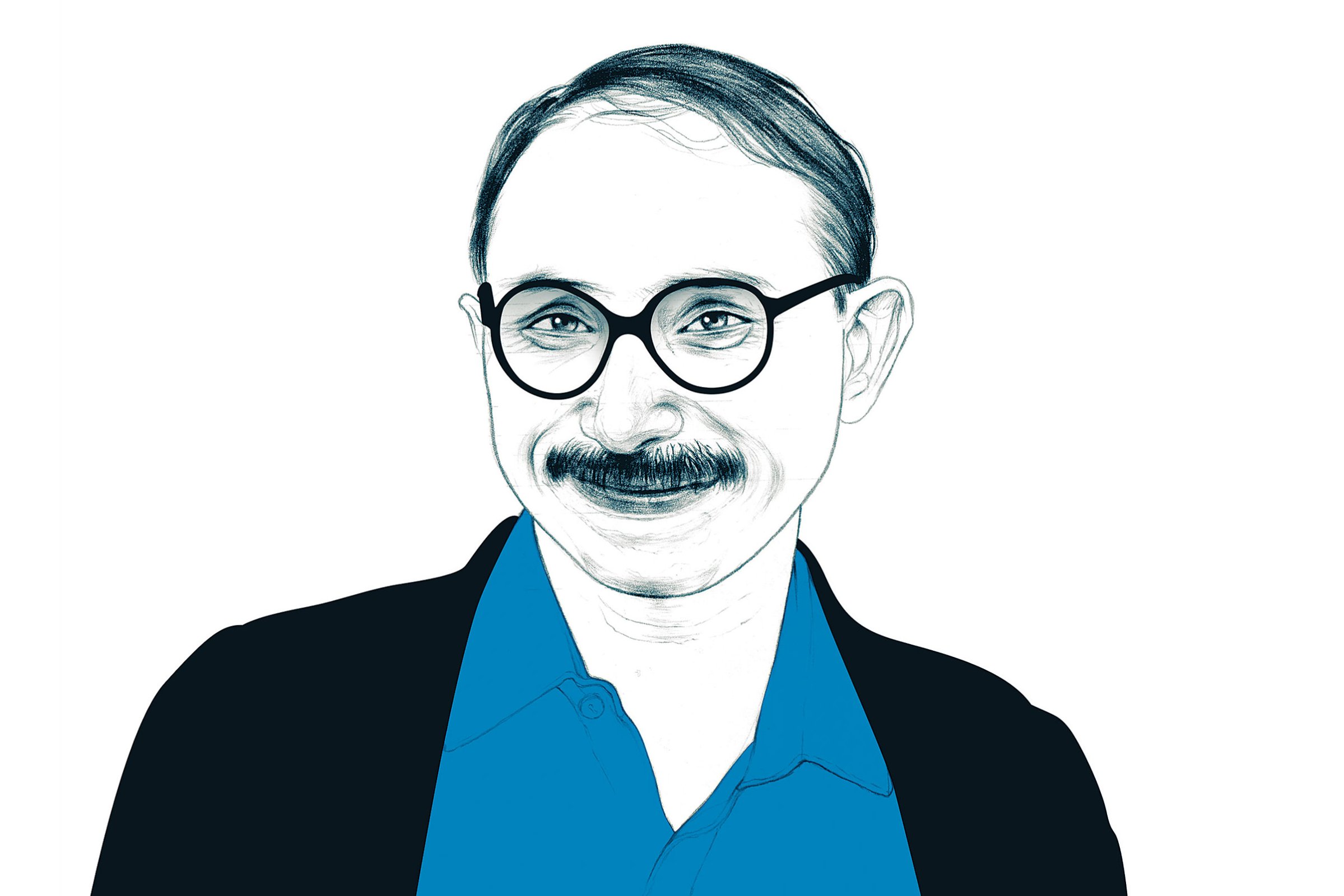
Decades ago, Dr. Mathew Varghese went from house to house in northern India to study victims of polio. He saw people who could only crawl. He learned to ask questions they didn’t teach in medical school: What is your social class? Are you able to attend school? His findings came with a lesson: “What you see in the hospital is only part of the story.”
Today Varghese, an orthopedic surgeon, runs India’s last polio ward, at St. Stephen’s Hospital in New Delhi. In 1990, the city saw 3,000 new paralytic cases of polio; since January 2011, India has seen zero new cases, but for the victims, polio is forever. Doctors like Varghese are assisting with therapy, surgery and more. That work, he says, “is an absolutely humbling experience.”
Varghese, 60, wants to heal more. He helped build an educational organization, now in all 29 states of India, that teaches medical students how to understand the social factors behind clinical care. “I am able to do this little bit,” Varghese says, praising his staff. “But there is so much potential out there that is not tapped.”
More Must-Reads from TIME
- Donald Trump Is TIME's 2024 Person of the Year
- Why We Chose Trump as Person of the Year
- Is Intermittent Fasting Good or Bad for You?
- The 100 Must-Read Books of 2024
- The 20 Best Christmas TV Episodes
- Column: If Optimism Feels Ridiculous Now, Try Hope
- The Future of Climate Action Is Trade Policy
- Merle Bombardieri Is Helping People Make the Baby Decision
Contact us at letters@time.com